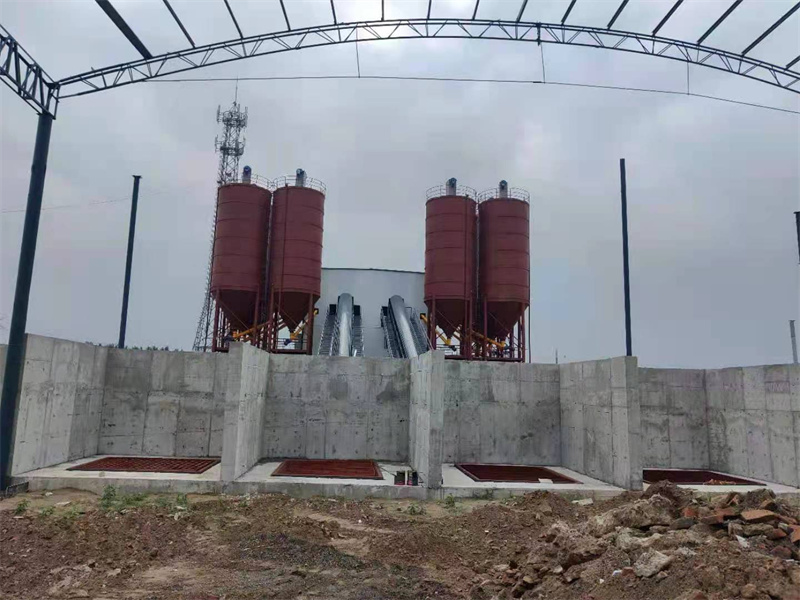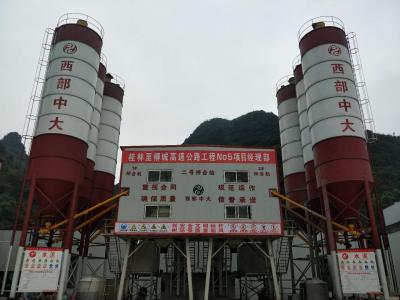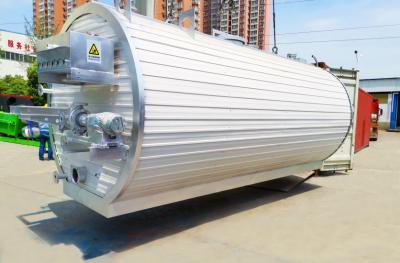Aggregate Explanation for Concrete Mixing plant
What is the meaning of these aggregate terms? And what are the differences between them? Today we will unveil this mystery for you.
First of all, what is aggregate?
It is the granular loose material used in the production of concrete mixing plant, which plays the role of skeleton or filling in the finished concrete; Generally it is the rock and mineral fine grained structure after crushing equipment. The common ones are quartzite aggregate, basalt aggregate, etc. From the grain size of the aggregate, commercial concrete mixing plant with aggregate can be divided into two categories: coarse aggregate and fine aggregate.

1. Coarse aggregate: the particle size of rocks larger than its less than 10mm is called coarse aggregate, common is a variety of artificially crushed river sand gravel and natural wind crushed pebbles, etc..
2. Fine aggregate: corresponding to the coarse aggregate, fine aggregate refers to the particle size less than and greater than 1mm sand and gravel, common for a variety of artificial mechanisms to deal with the sand and gravel. In the schedule life, people generally call coarse aggregate for "stone", fine aggregate for "sand". From the characteristics of the aggregate, and can be divided into the commercial concrete mixing plant commonly used aggregates into active aggregate and inactive aggregate.
3. Active aggregate: that is, in the production process of the mixing plant can produce a chemical reaction with the alkali in the cement, and this chemical reaction can lead to concrete expansion cracks of rock aggregate. The frequency of this aggregate is very large, the use of a lot, all very common in daily life, such as a variety of artificial sand and gravel are Mars aggregate.
4. Inactive aggregate: that is, can not be in the production of the mixing plant and the chemical reaction of the ingredients in the cement, but simply by the concrete mixing plant mixing host churning, and then mixed with the cement of the sand and gravel, at present, this type of sand and gravel use range small for some simple construction sites.



